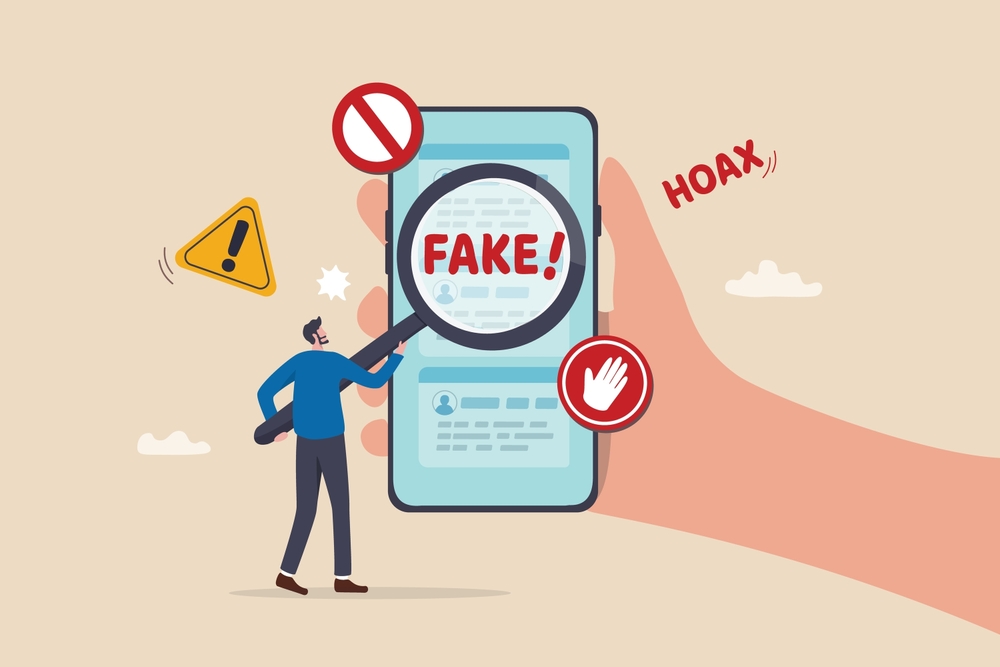In the digital age, online reviews have become a critical factor in shaping consumer decisions and influencing business reputations. However, not all reviews are genuine. Fake review scams, where fraudulent businesses use deceitful tactics to manipulate online reviews, have become a pervasive problem.
These scams mislead consumers, distort market perceptions, and can significantly harm the integrity of online platforms. Understanding the mechanics of fake review scams, their impact, and how to avoid them is crucial for both consumers and businesses.
Key Statistics
The prevalence of fake review scams is alarming. According to a 2020 report by the World Economic Forum, an estimated 4% of online reviews are fake, costing consumers $152 billion annually in misleading purchases. A study by the University of Baltimore found that fake reviews influence $28 billion worth of purchases on Amazon alone each year.
Additionally, a survey by BrightLocal revealed that 82% of consumers have read a fake review in the past year, highlighting the widespread nature of this issue.
The World of Fake Review Scams
Evolution of Fake Review Scams
Fake review scams have evolved significantly over the years. Initially, they were simple attempts by businesses to boost their ratings by posting a few fake positive reviews. However, as online platforms and consumers became more vigilant, these scams have become more sophisticated.
Today, they involve intricate networks of fake accounts, paid reviewers, and even automated bots. Scammers continually adapt to bypass detection algorithms and create more believable fake reviews.
Common Tactics Used in Fake Review Scams
- Paid Reviews: Businesses pay individuals or companies to write glowing reviews about their products or services. These reviews often come from accounts with generic names and lack personal details.
- Review Swaps: Businesses agree to write positive reviews for each other, creating a network of fake endorsements.
- Bot Reviews: Automated bots generate fake reviews en masse, flooding review platforms with artificial ratings and comments.
- Astroturfing: This involves creating a fake grassroots movement where reviews appear to come from a large number of independent users, but are actually orchestrated by the business itself.
- Negative Review Bombing: Competitors or disgruntled individuals post numerous fake negative reviews to harm a business’s reputation.
Notable Case Studies and News Reports
One prominent example of fake review scams is the case of Sunday Riley, a skincare company fined by the Federal Trade Commission (FTC) in 2019 for directing employees to post fake positive reviews on Sephora’s website. The company was caught after an employee blew the whistle, revealing detailed instructions on how to avoid detection.
Another case involved Amazon sellers who were found to be part of a large network engaging in review manipulation. In 2020, Amazon filed lawsuits against companies offering fake review services, highlighting the scale of the problem on one of the world’s largest e-commerce platforms.
Economic and Reputational Impact on Consumers and Businesses
Fake review scams have far-reaching consequences. For consumers, these scams can lead to poor purchasing decisions, financial losses, and dissatisfaction with products or services. For businesses, fake reviews can distort market competition, unfairly boosting some while damaging others.
Legitimate businesses may find it challenging to compete with fraudulent competitors that artificially inflate their ratings. Moreover, platforms that fail to address fake reviews risk losing consumer trust, ultimately harming their brand reputation and user base.
Read Also: Tech Support Scams
How to Avoid Fake Review Scams
Consumers need to be vigilant and informed to avoid falling victim to fake review scams. Here are some detailed tips:
- Check Review History: Look at the reviewer’s history. Genuine reviewers typically have a mix of positive and negative reviews across various products. Be wary of profiles with only glowing reviews or those that lack detail.
- Verify Credibility: Ensure the review has a verified purchase badge, indicating the reviewer actually bought the product. However, note that this alone isn’t foolproof, as some scammers can manipulate this too.
- Cross-Check Sources: Compare reviews across multiple platforms. Consistent feedback across different websites can indicate authenticity, while isolated reviews may be suspicious.
- Use Review Tools: Utilize online tools and websites designed to detect fake reviews, such as Fakespot or ReviewMeta. These tools analyze review patterns and provide reliability ratings.
- Look for Detailed Reviews: Genuine reviews often contain specific details about the product or service, including pros and cons. Vague, overly positive, or generic reviews are red flags.
- Check the Dates: Be cautious of products that suddenly receive a large number of reviews in a short period. This spike could indicate a coordinated fake review campaign.
- Assess Language Use: Fake reviews often contain repetitive phrases or overly formal language. Genuine reviews tend to have a more natural flow and varied vocabulary.
Quick Reference Table: Tips to Spot Fake Reviews and Avoid Scams
| Tip | Description |
| Check Review History | Look for consistent patterns in reviewer behavior. |
| Verify Credibility | Ensure the reviewer has a verified purchase badge. |
| Cross-Check Sources | Compare reviews across multiple platforms. |
| Use Review Tools | Utilize tools and websites that specialize in detecting fake reviews. |
| Look for Detailed Reviews | Genuine reviews often contain specific details about the product. |
| Check the Dates | Be cautious of products that receive a large number of reviews in a short period. |
| Assess Language Use | Fake reviews often contain repetitive phrases or overly formal language. |
Conclusion
Fake review scams are a significant challenge in the digital marketplace, impacting consumer trust and business integrity. By understanding the evolution of these scams, recognizing common tactics, and employing strategies to identify and avoid fake reviews, consumers can make more informed decisions.
Businesses and online platforms must also take proactive measures to combat review manipulation, ensuring a fair and trustworthy environment for all users. As the battle against fake reviews continues, staying informed and vigilant is essential for navigating the complex landscape of online reviews.


